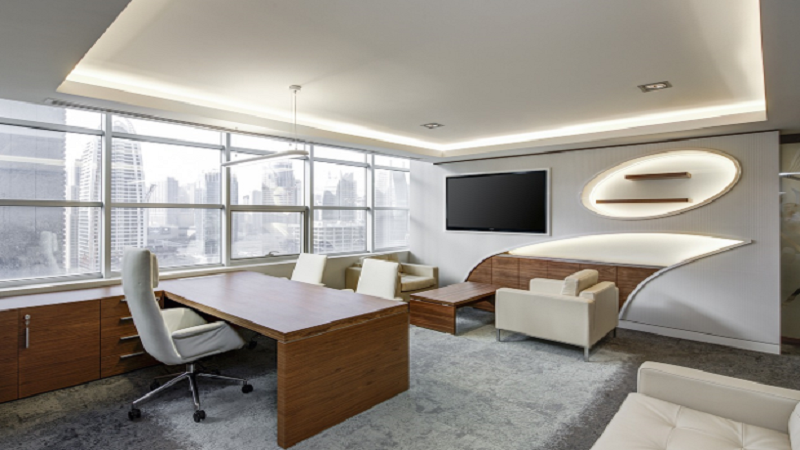As we enter a new era in the business landscape, workplace design is undergoing a considerable transformation. The focus is shifting from organisational requirements to human-centric design, ensuring employees’ well-being and productivity are at the forefront. With this in mind, we want to discuss the art and science of cultivating a workspace that genuinely prioritises its people.
Employee Needs – The Foundation
Before embarking on any modification journey, it’s imperative to comprehend the expectations and pain points of your employees. Employing surveys and feedback sessions as a catalyst to extract this valuable information can give you a peek into your team’s interaction with their present workspace. This knowledge is a cornerstone in making well-informed decisions, resulting in a design that is intensely tailored to accommodate your team’s needs. An approach inspired by feedback signals not only that the company values its employees but also improves the chances of successful design adaptations.
Flexible Spaces – The Spine of Modern Office Design
The modern-day workspace revolves around flexibility. Promoting an agile working environment empowers employees to reconfigure their space as per the project or task at hand. Introducing advanced furniture and alterable workstations from reliable services like Smart Office Furniture can contribute to this fluid layout, enabling multiple work styles. Thus, whether one requires a quiet corner for solitary tasks, or a communal area for brainstorming sessions, a mutable space can cater to all. Such flexibility improves morale and productivity by letting the employees choose their most conducive work setting.
Comfort and Health – The Non-Negotiable
Comfort is a pivotal aspect of a people-first workspace. Ergonomically designed office paraphernalia are indispensable for achieving this. Adjustable desks and chairs tailored to individual needs can mitigate physical strain and enhance comfort. The inclusion of natural light and greenery significantly contributes to a healthier work atmosphere, uplifting mood and in turn productivity. The implementation of these features is an affirmation of the company’s dedication towards its employees’ welfare.
Promoting Collaboration and Facilitating Communication
Achieving a balance between open floor designs and specific spaces is essential for effective collaboration. While open areas catalyse spontaneous interactions, secluded rooms facilitate focused work. Technological advancements further add a boost by providing easy access to video conferencing tools and collaborative software. Excellent communication is the adhesive that binds a team together and enhances its productivity, whether in person or virtually.
Creating a Harmony Between Work and Life
A healthy work-life balance is a critical component of employee contentment. Introducing areas for breaks and quiet zones into the office design can aid in achieving this equilibrium. These spaces allow employees to rest and rejuvenate, thereby boosting productivity. Flexibility in work schedules and the provision for remote working options further enhances this balance. Personal needs being respected can lead to a more engaged and motivated workforce.
Designing an office that prioritises people over the business objectives is indeed an astute investment in elevating employee satisfaction and productivity. Recognizing employee needs, promoting flexibility, comfort, collaboration, and work-life balance can transform workplaces into nurturing environments. The merits of such a design philosophy are evident – a content workforce is an efficient workforce. We invite you to embrace these strategies and experience the magic of a workspace that truly puts people first.
